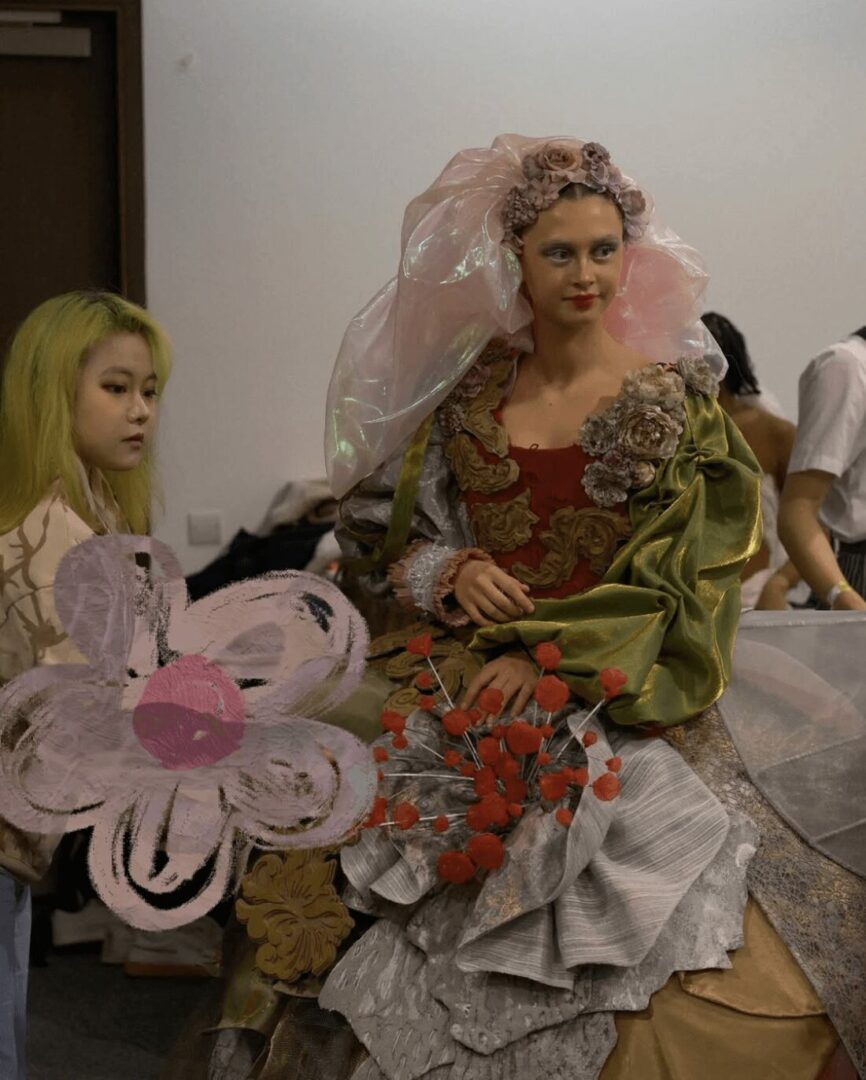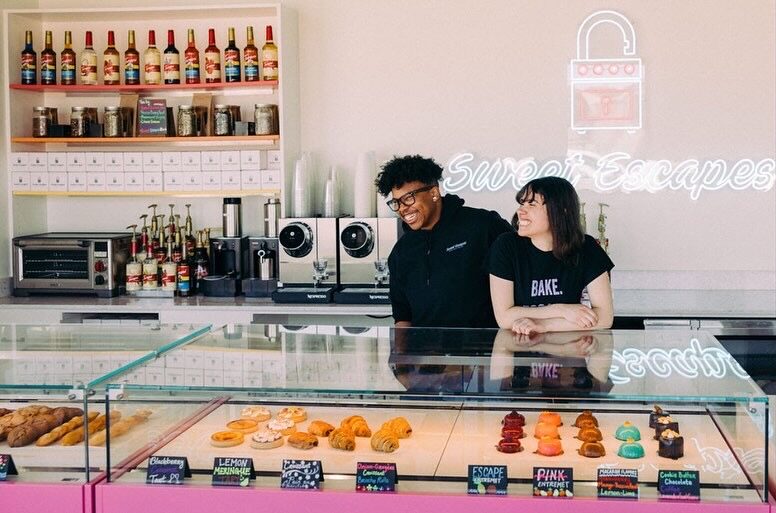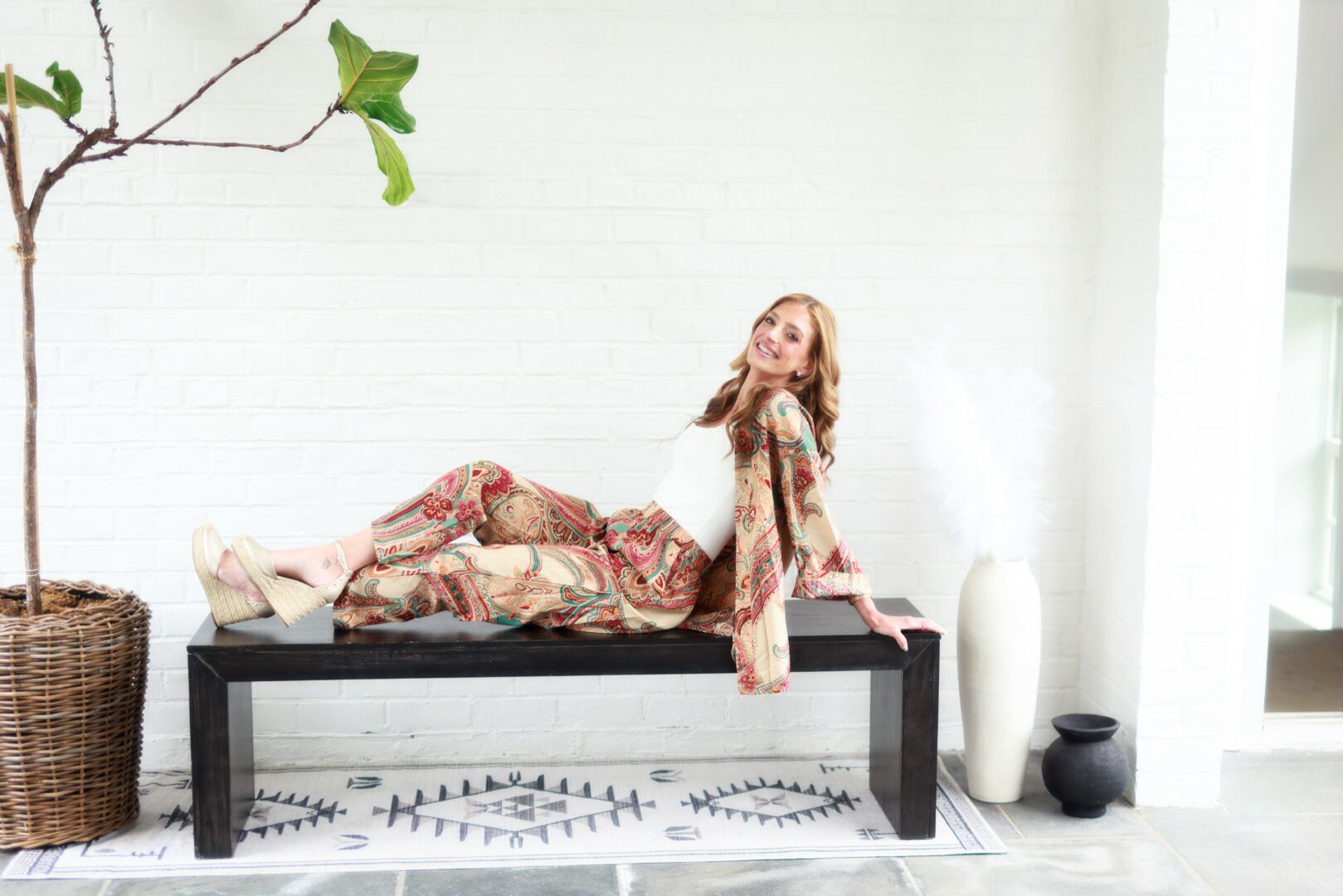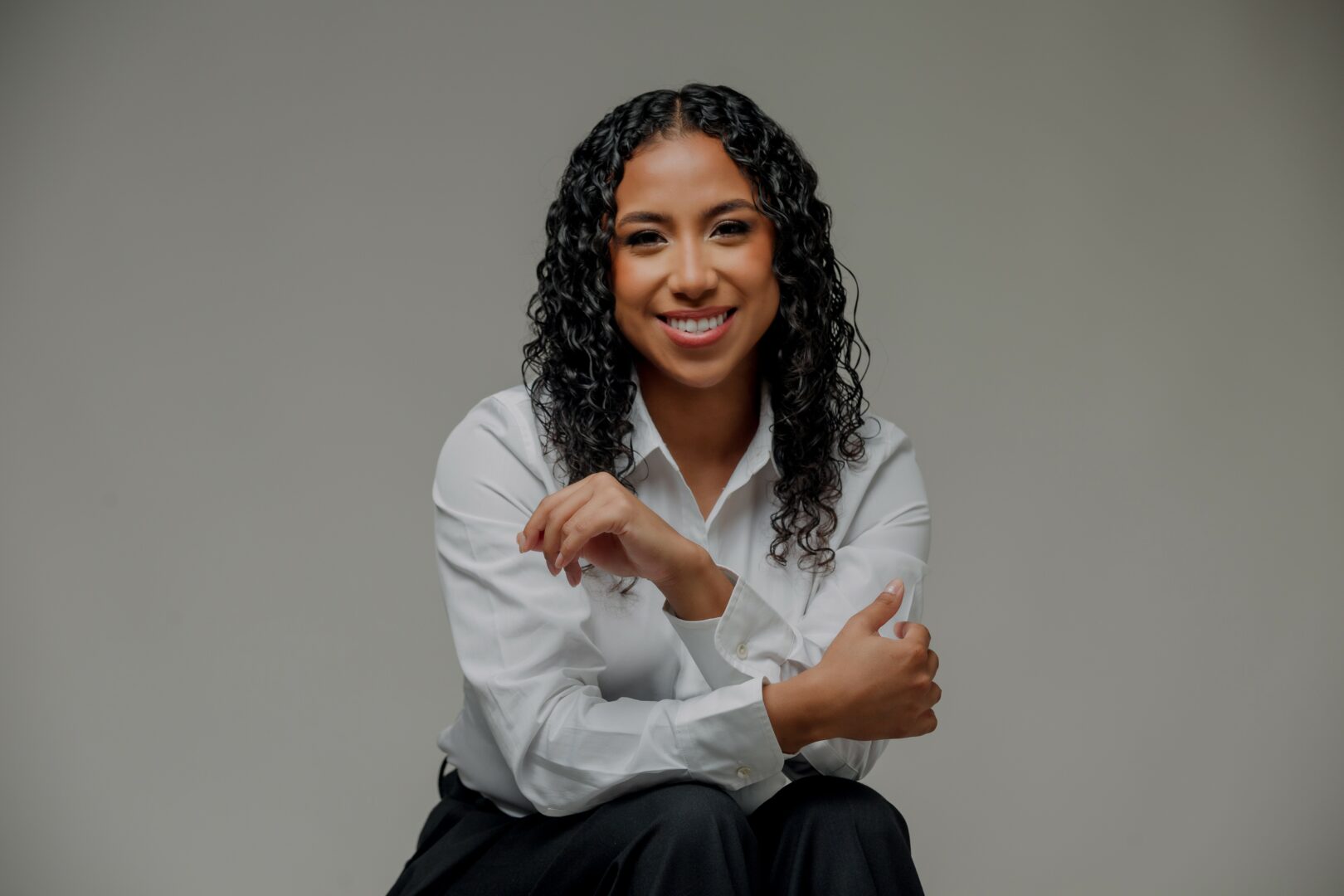We’re excited to introduce you to the always interesting and insightful Kaiqi Zhang. We hope you’ll enjoy our conversation with Kaiqi below.
Hi Kaiqi, thank you for joining us today and sharing your experiences and acquired wisdom with us. Burnout is a huge topic these days and so we’d love to kick things off by discussing your thoughts on overcoming or avoiding burnout
When I feel burnt out, I leave behind the structures of modern life and return to places where ritual, belief, and nature are still closely intertwined. I’m drawn to communities where spirituality is not spoken, but lived, woven into daily gestures, embedded in clothing, and reflected in the way people relate to animals, land, and each other. Even without a shared language, something essential is always communicated. These encounters reconnect me with the emotional and symbolic origins of human expression. They remind me that creativity isn’t always about producing—it’s about listening, observing, and remembering where meaning begins.
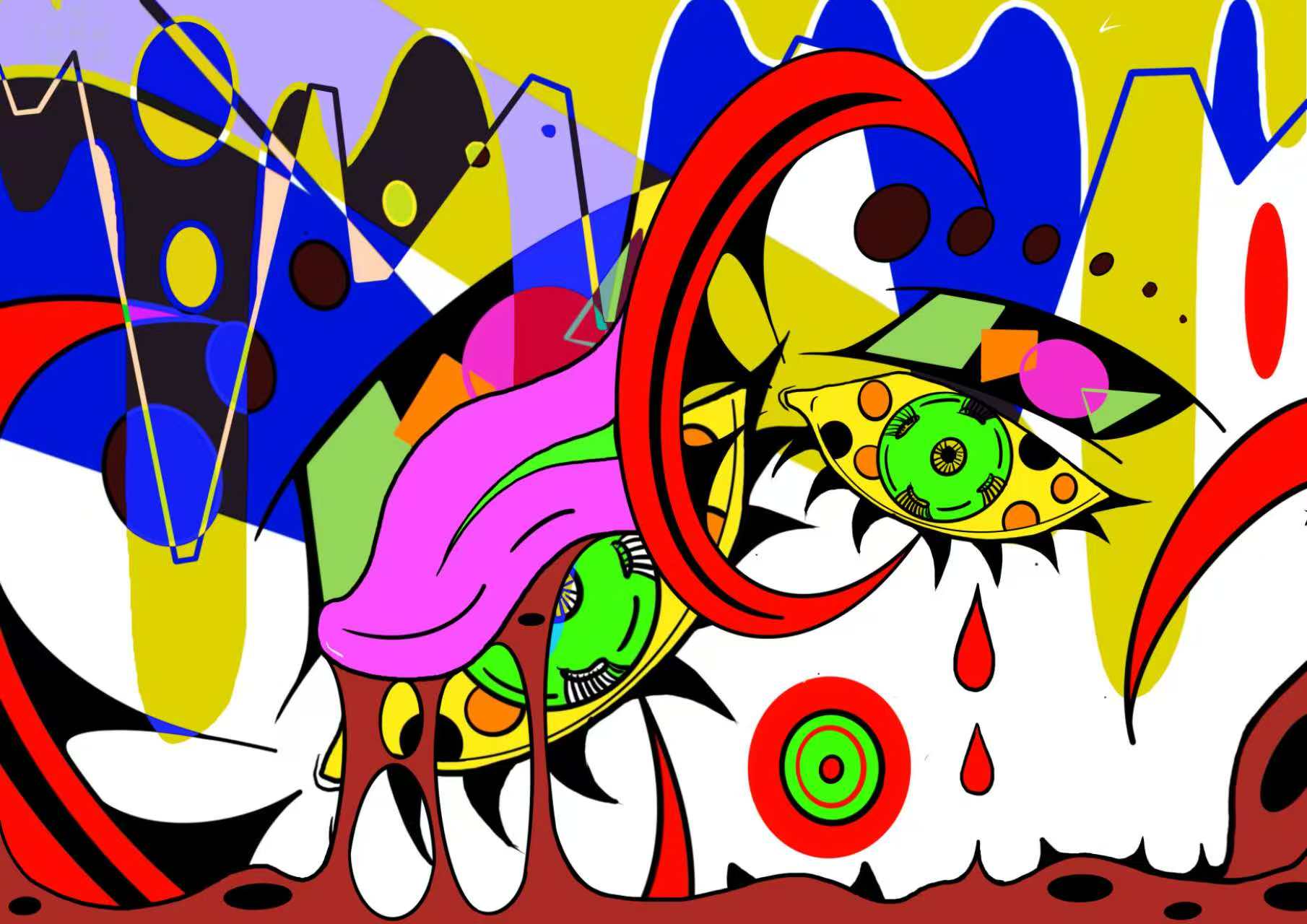
Great, so let’s take a few minutes and cover your story. What should folks know about you and what you do?
I’m a Costume Designer & Visual Artist working across film, theatre, and conceptual installations. My work explores how clothing operates as both a vessel for cultural memory and a dynamic interface between the body and its environment. I’m especially interested in forms of dress that carry spiritual, ecological, or ritual meaning structures that predate modern fashion systems and still speak through gesture, rhythm, and material presence.
What drives me is the search for meaning beyond aesthetics. Costume, for me, is not just about how something looks, but about how it functions symbolically, how it mediates between performer and audience, between myth and body, between visibility and transformation. I’m often inspired by traditional belief systems, natural landscapes, and nonverbal languages that emerge from communal rituals. These references inform not only my design language, but also my methodology: I approach each project as a process of listening, observing, and re-constructing fragmented cosmologies in contemporary form.
In addition to traditional forms of costume design, I also experiment with wearable technology, integrating sensors, motion triggers, or responsive materials into garments. This opens up exciting possibilities: costumes that can shift in real time with a dancer’s movement, pieces that carry embedded data, or structures that respond to voice, light, or proximity. For me, this isn’t just technological, it’s deeply emotional. It’s about making costumes that breathe with the performer, that glitch, that transform, that carry memory.
Currently, I’m designing for a multimedia dance-theatre production that blends live performance, AI interaction, projection design, and motion capture technologies. The project reimagines ancient mythology through digital fragmentation and sensory overload, creating a layered, immersive space where the line between physical and virtual dissolves. Working closely with performers, interaction designers, and visual technicians, I’m building a wardrobe that not only supports narrative function but actively shapes the audience’s perceptual experience.
Through all of this, my aim is simple: to treat costume not as decoration, but as a language, a system of meaning, rooted in tradition but evolving through experimentation.
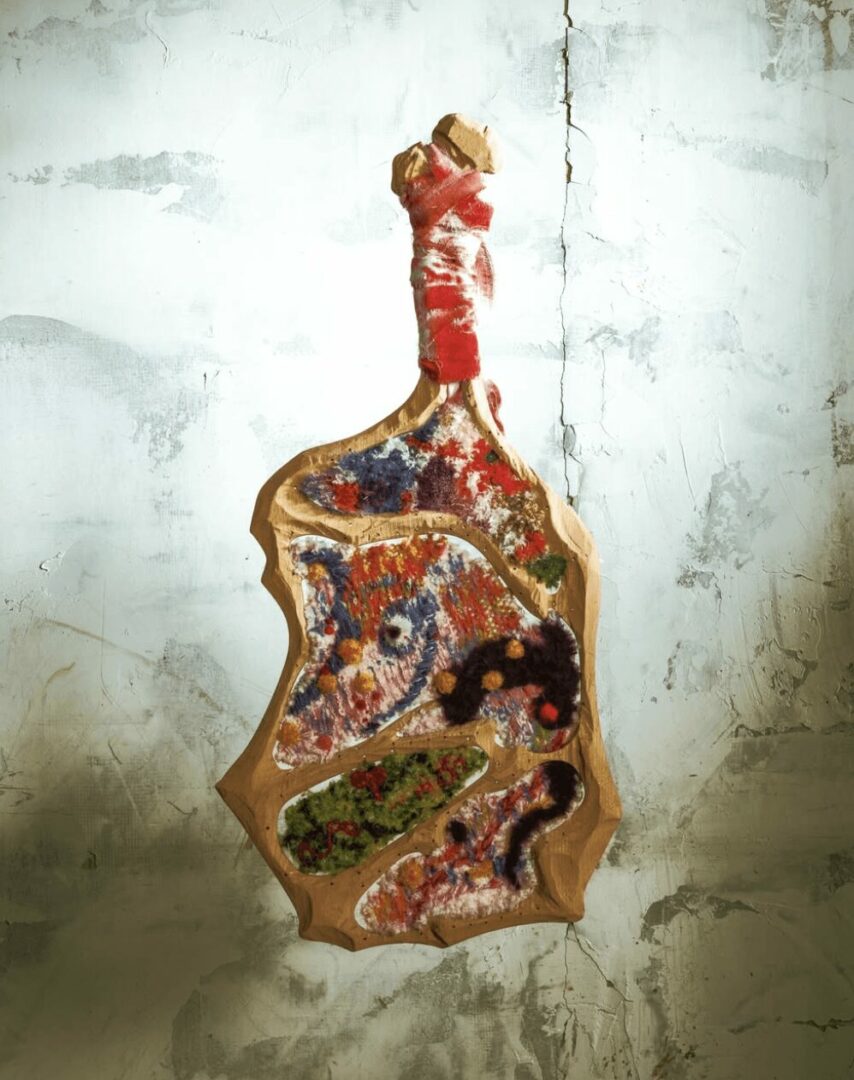
Looking back, what do you think were the three qualities, skills, or areas of knowledge that were most impactful in your journey? What advice do you have for folks who are early in their journey in terms of how they can best develop or improve on these?
1. Curiosity Without Expectation
A constant sense of curiosity, especially toward things that aren’t immediately “useful,” has carried me through every phase of my work. Whether it’s a belief system I don’t fully understand, an obscure folk garment, or a way of moving through space I’ve never seen before, I feel most alive when I’m learning.
Advice: Stay curious, not just about your own field, but about how people live, remember, believe, and make things. Read outside your comfort zone. Observe without trying to own.
2. Deep, Non-Invasive Observation
Before drawing anything, I watch. Before speaking, I listen. Being a costume designer isn’t only about having good ideas; it’s about sensing how people inhabit their bodies, how materials behave under pressure, how movement changes meaning.
Advice: Practice watching without judgment. Observe how people sit, fold their sleeves, avoid eye contact. Notice fabrics in low light. Let real life teach you how to design with precision and empathy.
3. Organizational Thinking as Creative Practice
People often separate creativity and structure, but I believe that clarity and order are forms of care. I often manage multiple projects simultaneously, each with its own deadlines, collaborators, and evolving visuals. Without good systems like folders, tags, calendars, labels, everything collapses.
Advice: Don’t underestimate the power of meticulous organization. Develop your own way of sorting files, naming images, tracking revisions, and managing time. Learn to prioritize without panic. This isn’t admin; it’s part of your creative survival.

How would you describe your ideal client?
I’m comfortable working in both lead and supporting roles, what matters to me is clarity. I can take creative ownership when needed, or contribute as part of a larger vision. But I believe responsibilities should align with recognition, and labor should be valued honestly.
An ideal client is someone who understands that asking for key-level work under assistant-level terms creates imbalance, not collaboration. It’s not about status, it’s about fairness. I respect every stage of the creative process, whether I’m designing from the ground up or executing a shared direction, as long as the terms are transparent and the contribution is acknowledged.
At the end of the day, I work best with people who respect time, effort, and the invisible structure behind creative work. When that mutual respect is present, I bring full commitment, regardless of the title.
Contact Info:
- Website: https://www.kaiqizhangstudio.com/
- Instagram: https://www.instagram.com/tammy.qio/
- Linkedin: https://www.linkedin.com/in/kaiqizhangdesign?trk=contact-info
- Youtube: https://www.youtube.com/@tammyqio581
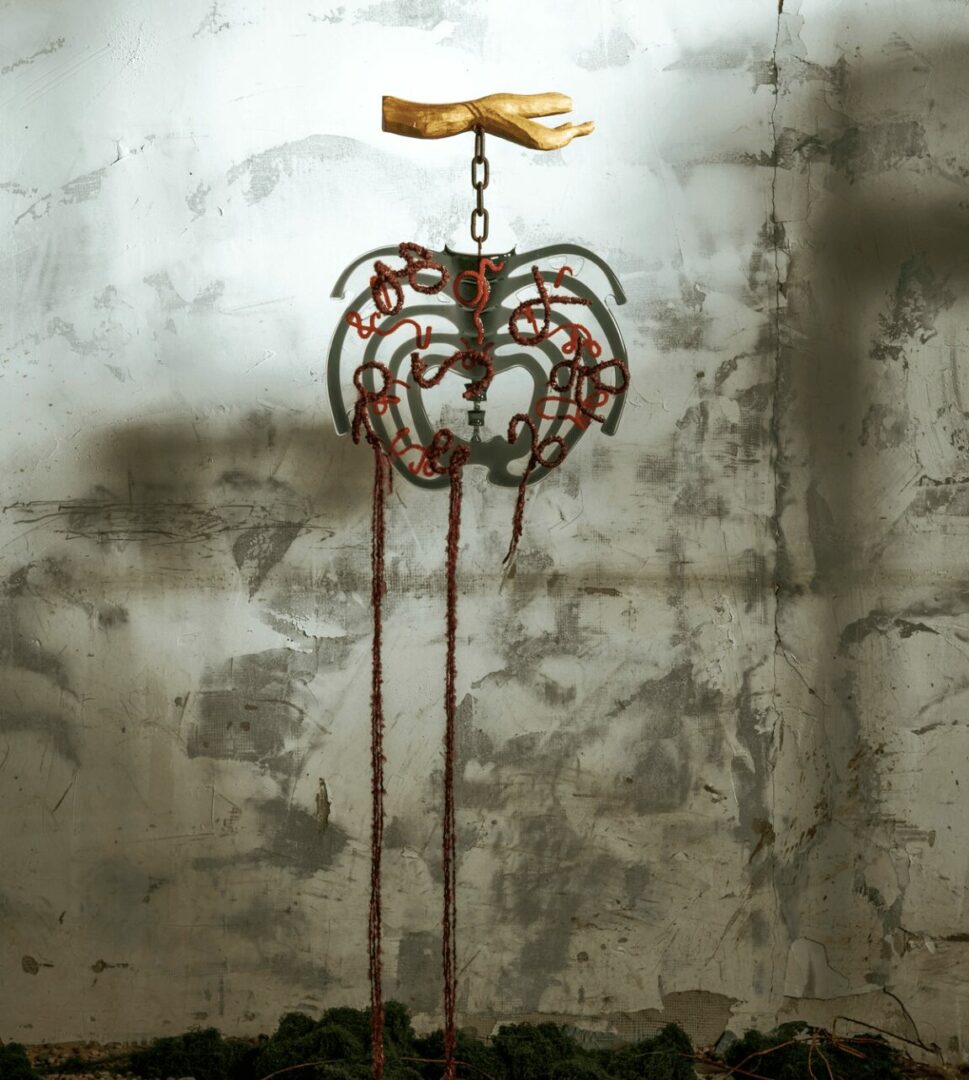
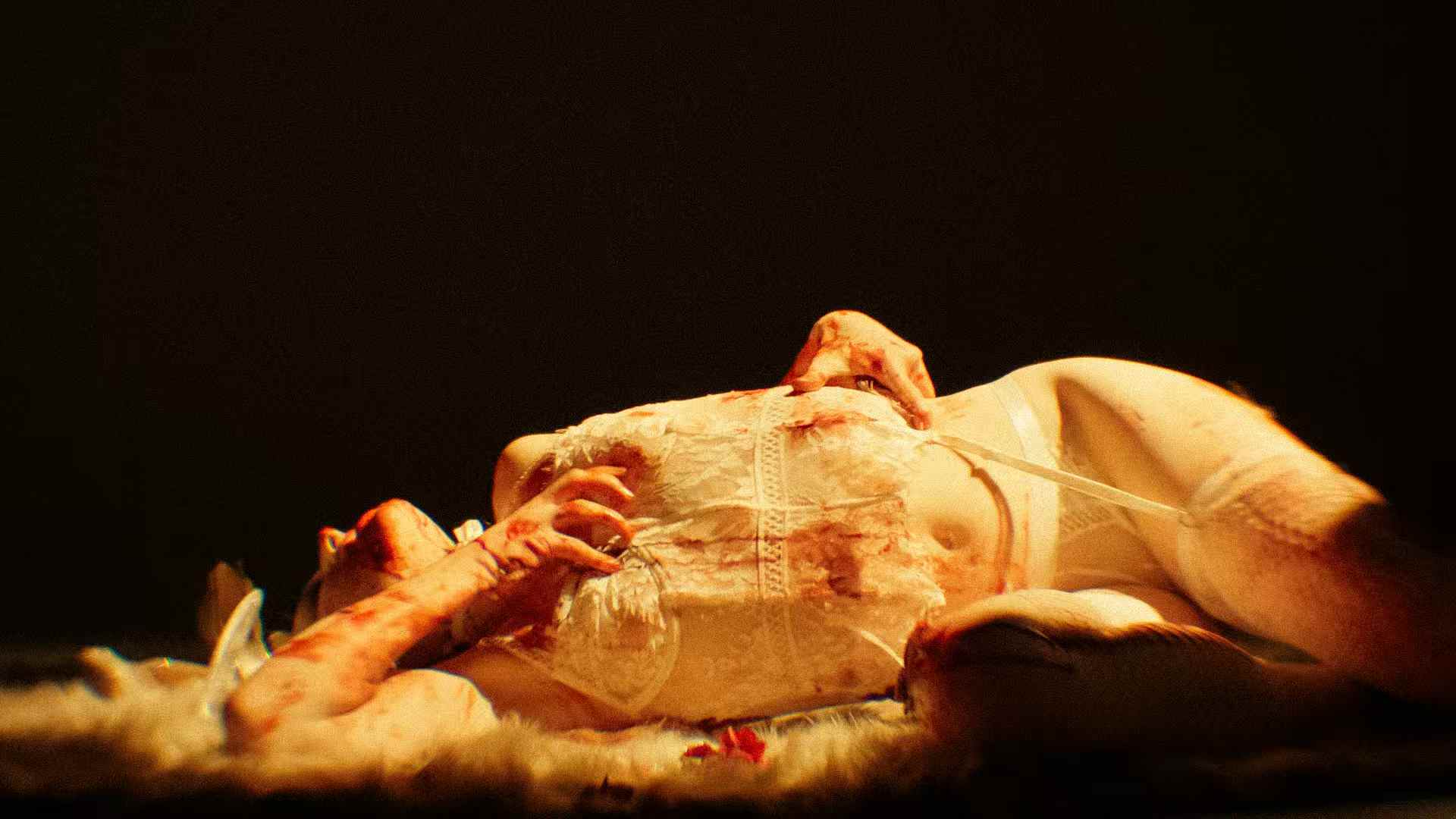
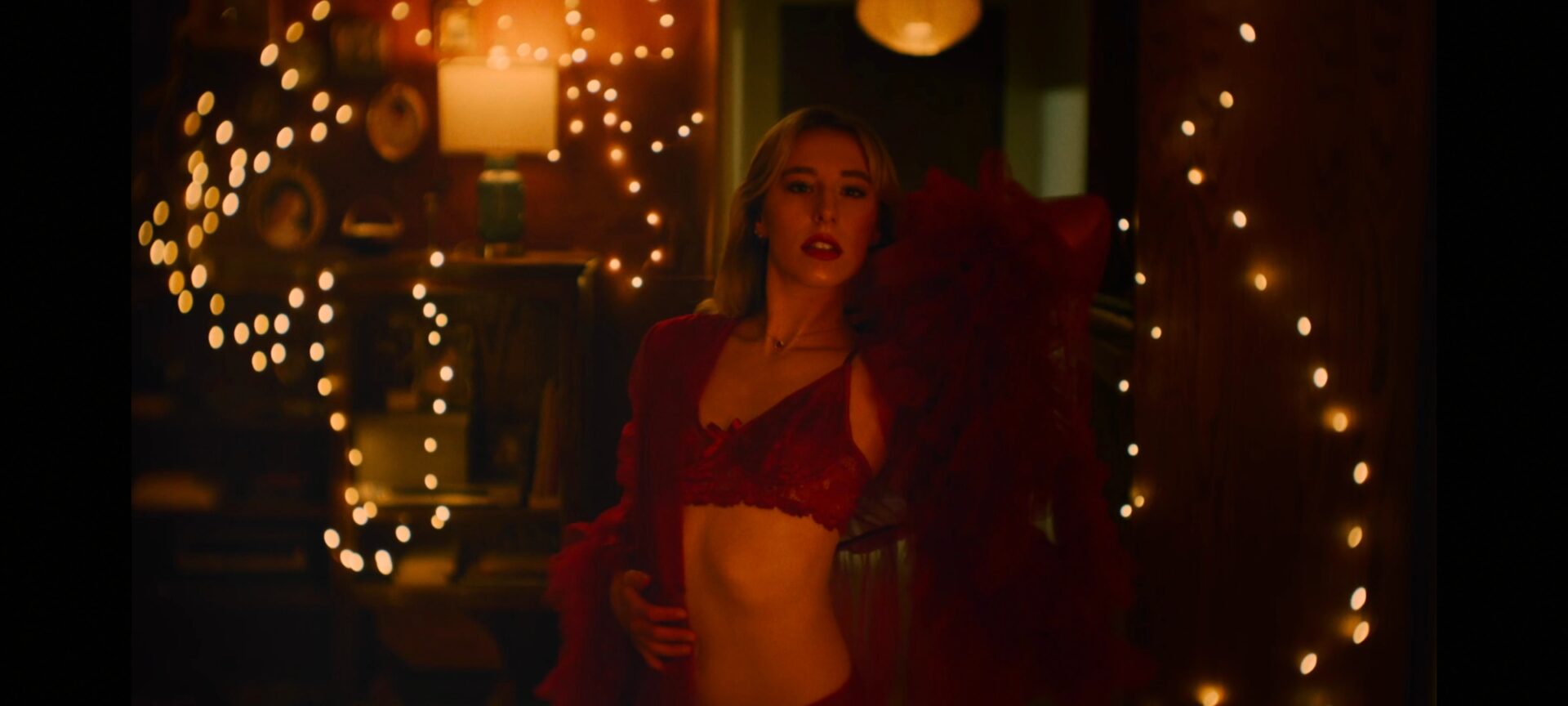
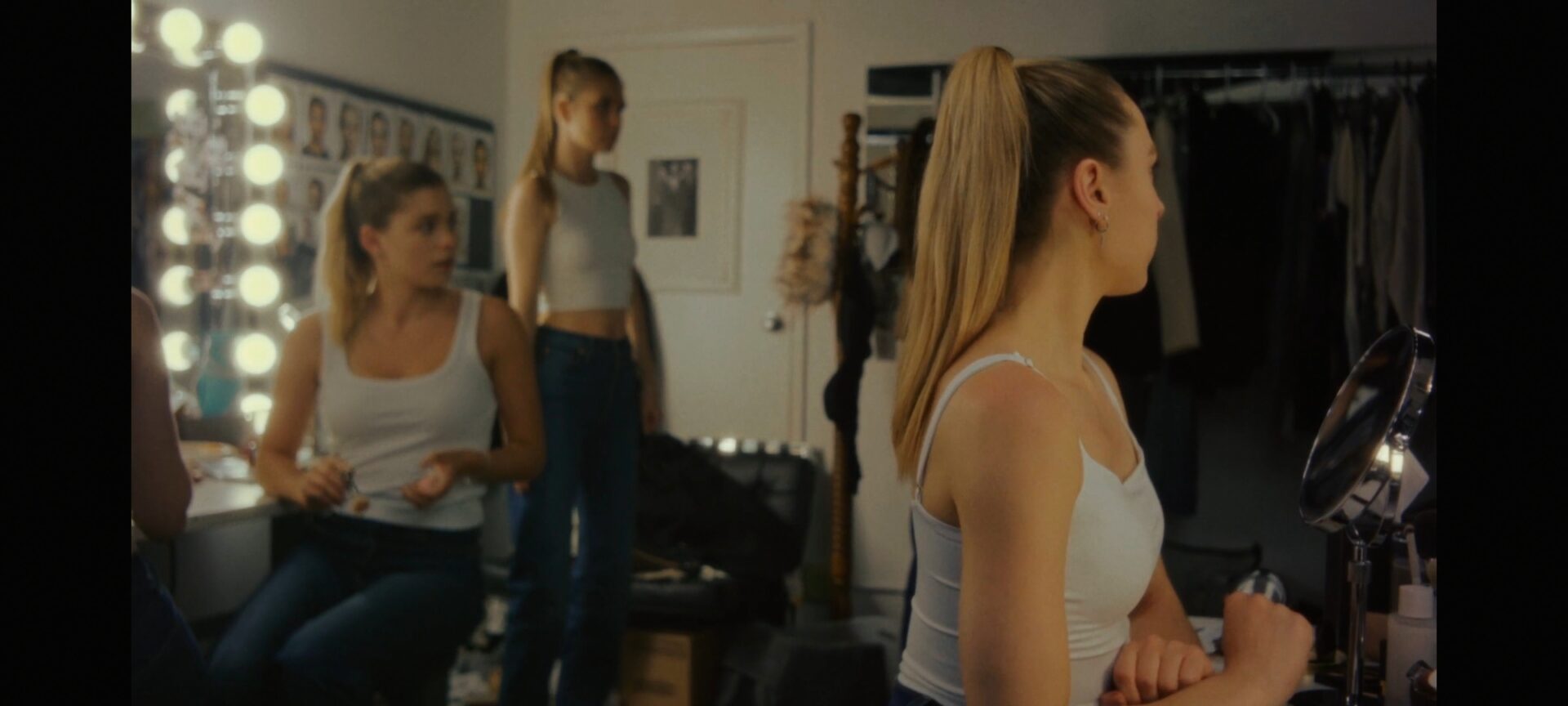
so if you or someone you know deserves recognition please let us know here.

